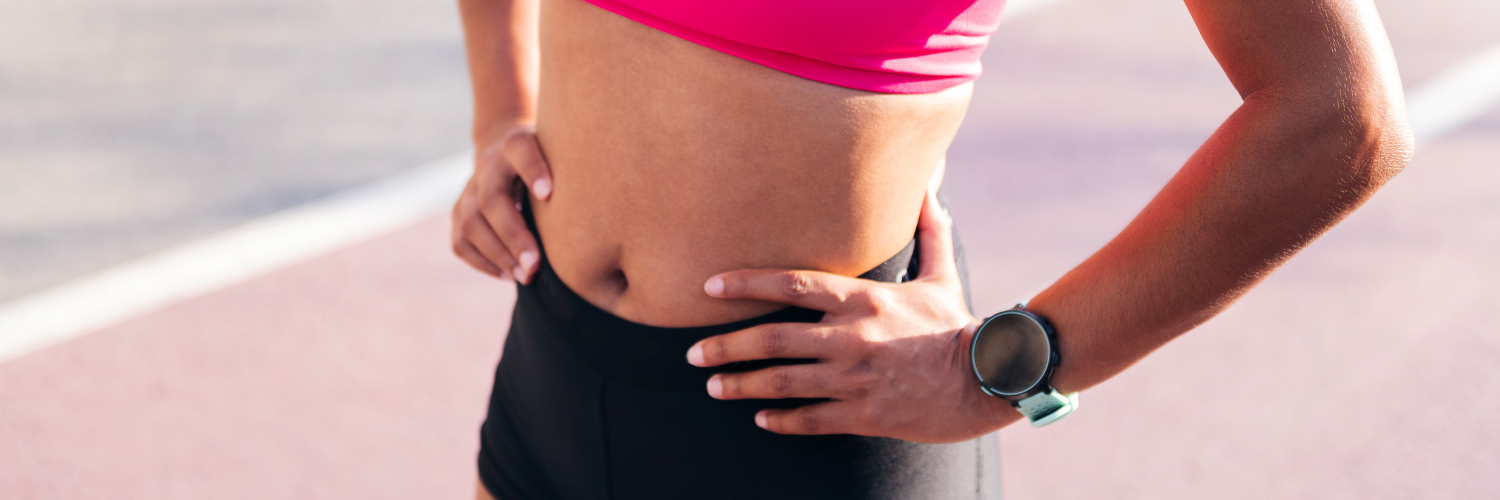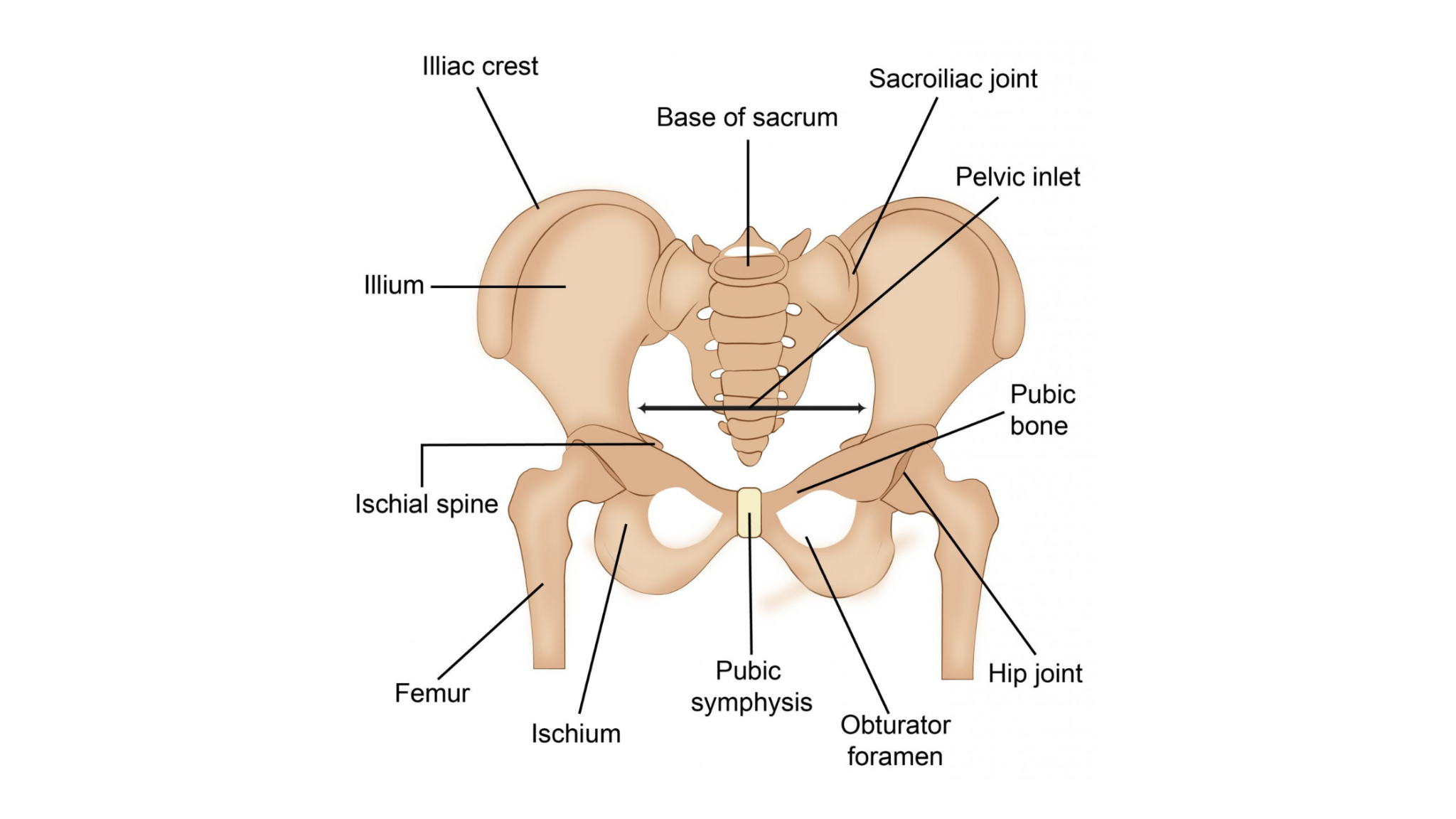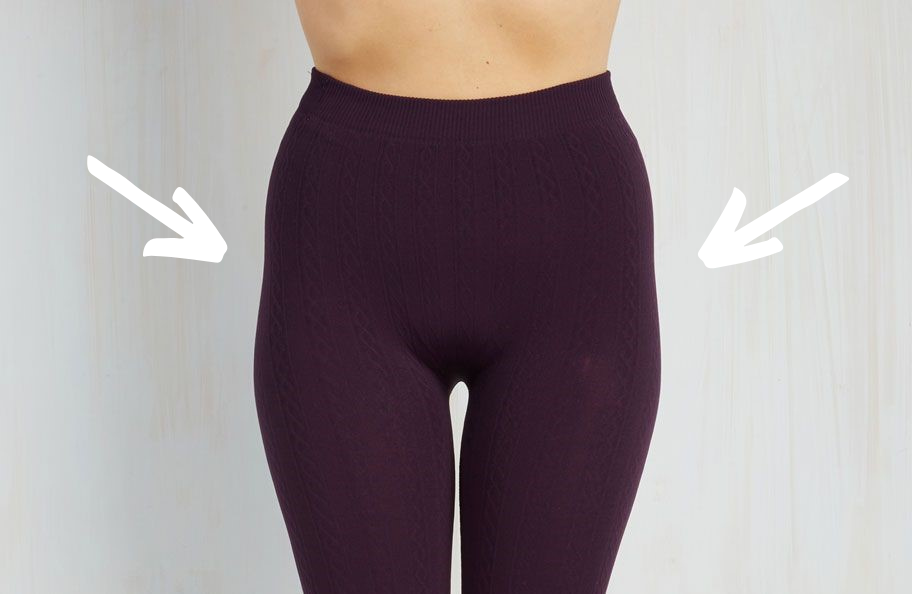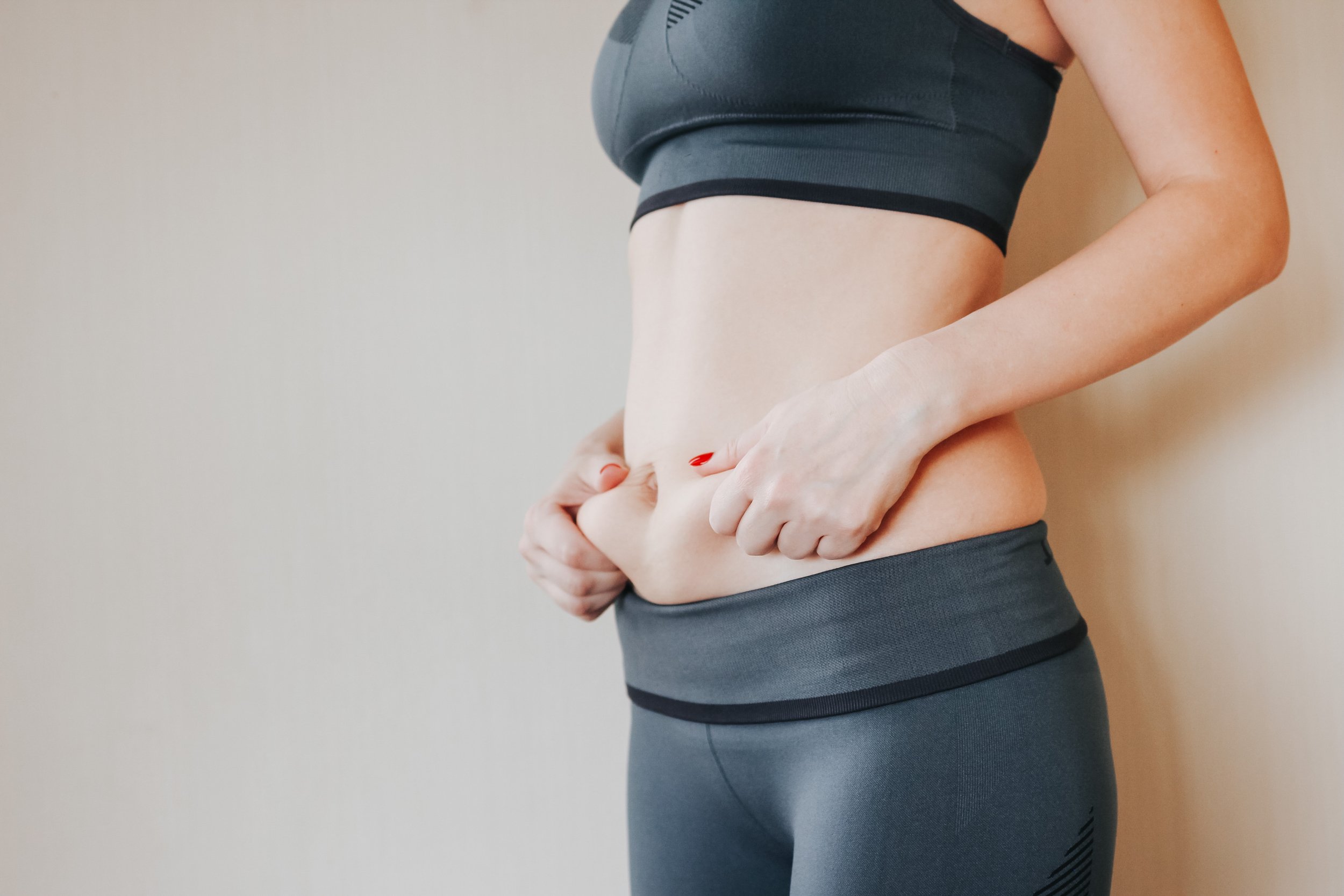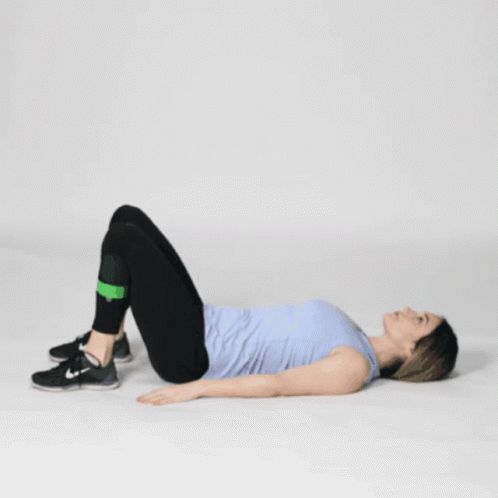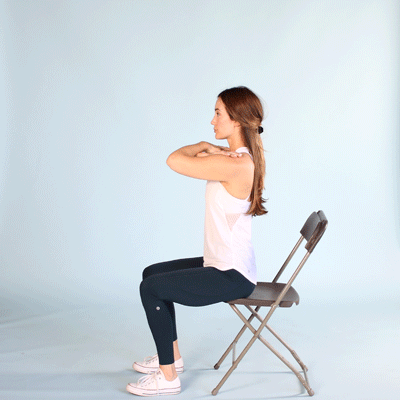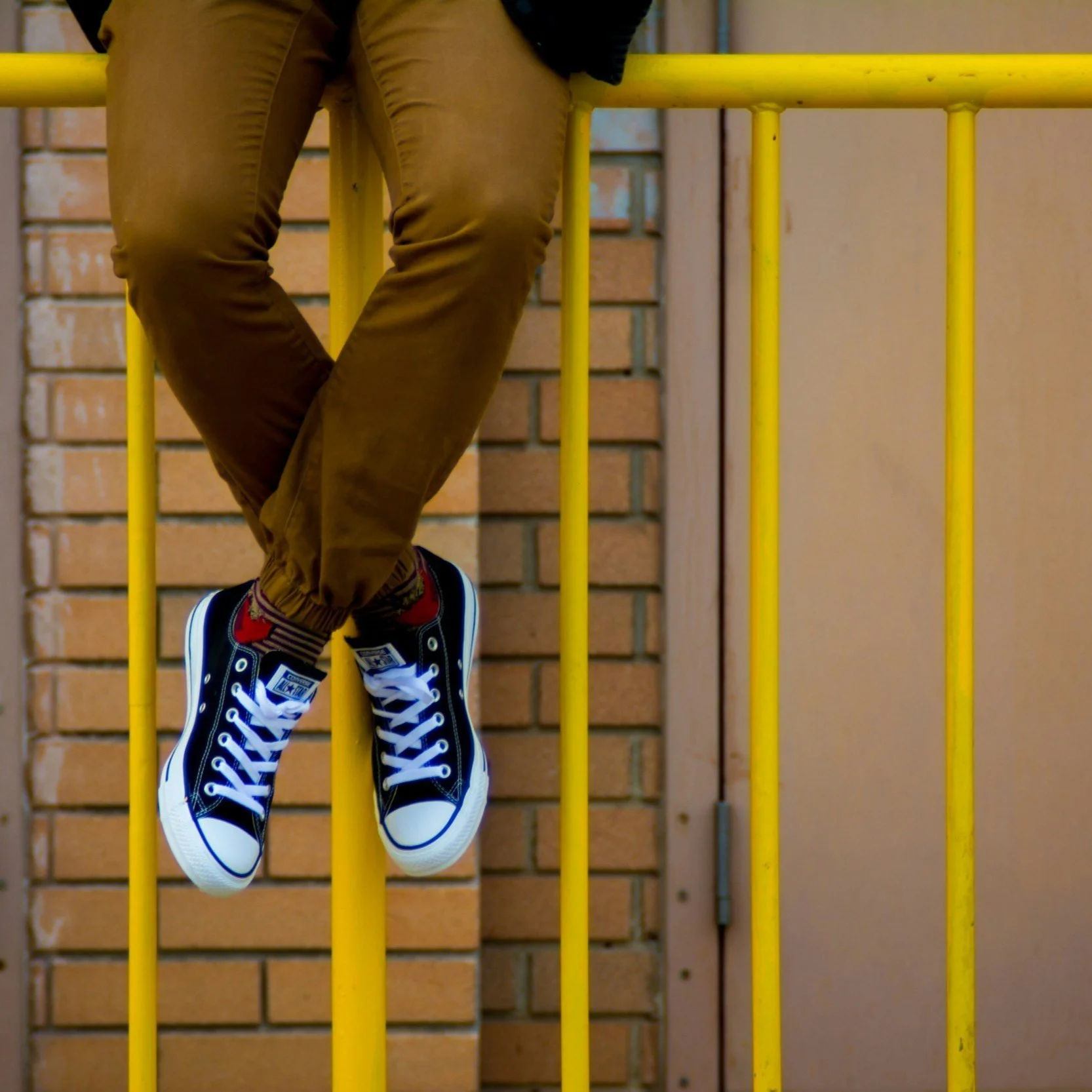Hip Dips: What Are They, And The Exercises To Reduce Their Appearance
What Are Hip Dips?
The term “hip dips” refers to the slight indentations in the outer hips, just above the thighs. Also known as hip valleys or violin hips, hip dips are a natural and common body shape variation. The meaning of hip dips originates from their appearance, being small inwardly curving dips. They are largely determined by genetics and are a normal part of having healthy hips.
Whilst they are not a medical concern, some people consider hip dips an aesthetic concern and seek ways to reduce their appearance. With ever-elusive beauty standards, “fixing” hip dips has become the focus of a wide range of exercises and body shaping techniques.
However, every individual has a unique body shape which should be celebrated and embraced. Keep reading to learn about the anatomy of hip dips and the ways to shift the focus towards building strong and healthy hips (instead of fixes for these so-called “flaws”).
The Anatomy Of Hip Dips
Hip dips are related to the shape of the hip bone (the pelvis), muscles, and the distribution of fat in the body. The pelvis is made up of three parts: the ilium, ischium, and pubis. The ilium is the uppermost and largest part of the hip bone and forms the widest part of the pelvis. The gluteal muscles attach to the ilium and hips, namely the gluteus maximus, gluteus medius, and gluteus minimus. Subcutaneous fat is commonly distributed and stored in this area.
What Causes Hip Dips?
With hip dips, the upper portion of the ilium may be more pronounced, creating a slight dip in the sides of the hip. The appearance can be caused by a difference in the shape or width of the ilium bone, and the distance to the greater trochanter. Additionally, hip dips may be more pronounced by the shape of gluteal muscles or the way the body distributes fat in the area.
Hip Dips Vs. Love Handles
Hip dips are different to love handles. The term love handles is given to the fat that accumulates on the sides of the waist. They are often a result of a combination of genetics and lifestyle factors such as diet and exercise. Both hip dips and love handles are a natural part of the body and the way the body works.
Can You Get Rid Of Hip Dips?
Some people want to know how to get rid of hip dips. However, hip dips are a normal part of the body and are not cause for concern. Though exercise and lifestyle may change the overall appearance of the body, hips dips are controlled by the shape of the skeleton, muscles, and fat distribution, which can’t really be changed. No amount of exercise or diet can alter the shape of the skeleton or how the body distributes fat. The good news is the focus doesn’t have to be on how to fix hip dips, but rather how to build strong healthy hips.
Exercises For Strong Healthy Hips
Strong and healthy hips make it easier to move around and can reduce the risk of injuries, like knee pain or lower back issues. It can be helpful to focus on how the body feels and functions, rather than how it looks.
There are no specific workouts for hip dips, but there are lots of exercises for hip strength, flexibility, and mobility. Consult a physiotherapist before starting to determine the right exercises, dosage, and technique. The exercises should not be painful and the physiotherapist can progress the exercises as needed to optimise the results.
Here are some exercises a physiotherapist may recommend to build strong and healthy hips:
1. Clams
Clams are an exercise that can target strength in the outer hips.
To perform a clam exercise:
Start by lying on your side with both knees bent.
Keeping your pelvis still and feet connected, lift the top knee towards the ceiling (external rotation).
Slowly lower back to the starting position.
Repeat on the other side.
2. Bridges
Bridges are a strengthening exercise for the gluteal muscles.
To perform a bridge:
Start by lying flat on your back with both feet on the floor.
Engage the gluteal muscles and lift your hips towards the roof. Make sure to avoid overarching the lower back.
Slowly lower the hips back down to the floor to return to the starting position.
3. Side-Lying Hip Abduction
Side-lying hip abduction are leg lifts that can help build strength in the outer gluteal muscles.
To perform side-lying hip abduction:
Start in side lying.
Keep the bottom leg bent (for support) and the top leg straight.
Raise the top leg towards the roof.
Lower to return to the starting position.
Repeat on the other side.
4. Squats
Squats are ideal for building lower body strength, including in the hips and glutes.
To perform a squat:
Start in standing with your feet hip width apart. Your hands can rest on your hips.
Bend both knees with control as if lowering yourself to sit in a chair.
Stand up to return to the starting position.
5. Lunges
Lunges can help build strength in the lower body and hips.
To perform a lunge:
Start by standing with your right leg out in front of your left leg, approximately one step apart. Your hands can be on your hips or in a prayer position at your front.
With control, bend both knees to lunge.
Straight your legs to return to the starting position.
Repeat on the other side.
6. Sit To Stand (STS)
STS can help build strength in the gluteal and hip muscles.
To perform a sit to stand exercise:
Start by sitting in a chair.
Cross both arms across your chest. Alternatively, you can make the exercise easier by using your hands on the armrests for support.
Stand up from the chair.
Sit down again to return to the starting position.
In addition to the exercises for hip strength and mobility, exercises that target hip flexibility can also be beneficial.
7. Figure Four Stretch
A figure four stretch helps open up the hips and gluteal muscles.
To perform a figure four stretch:
Start by sitting in a chair.
Cross your left ankle over your right knee, creating a figure four shape.
Lean forward slightly until you feel a stretch in the gluteal muscles at the side of your left hip.
Hold for a few seconds, then return to the starting position.
Repeat on the other side.
8. Hamstring Stretch
A hamstring stretch aims to improve flexibility in the muscles at the back of the leg and hip.
To perform a hamstring stretch:
Start by sitting in a chair.
Extend one leg out in front, keeping your heel on the floor.
Lean forward gently from the waist until you feel a stretch behind your leg.
Hold for a few seconds, then return to the starting position.
Repeat on the other side.
Focus On Strong And Healthy Hips
Hip dips are completely normal. There are no specific exercises for how to fix hips dips – that is because hip dips don’t need fixing. Hip dips are a common body shape variation and are not the “flaw” they are made out to be.
Focus on building strong and healthy hips instead with strength and flexibility exercises. A physiotherapist can help you work out the right hip exercises for your body. Strong hips can help protect against injury, dysfunction, and pain into the future.
Want to get stronger and healthier hips? Get in touch with a local physio to future-proof your hips!

